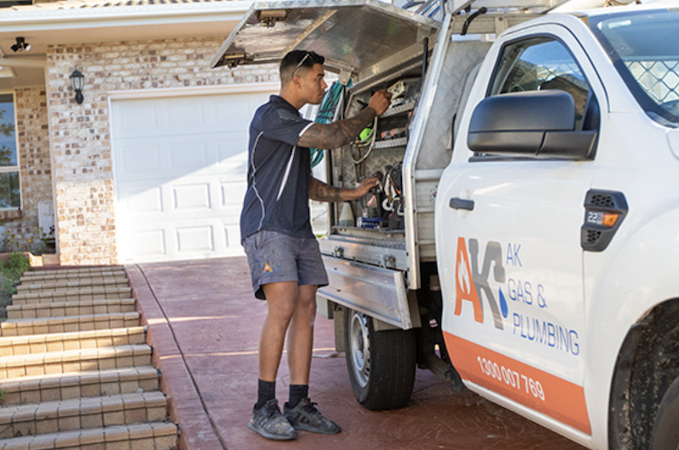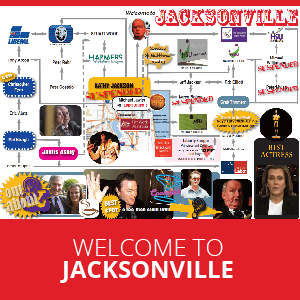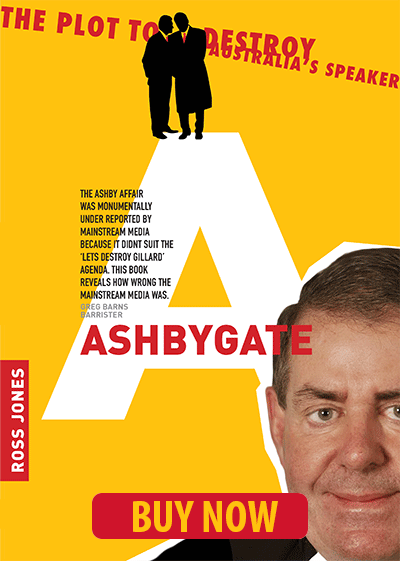Courts, regulators and life events all run on timetables that rarely suit us. People usually start looking once a dispute surfaces or a deadline arrives, which shortens good options. A clear, steady process helps you choose well under pressure.
Australia’s legal market is broad and quality varies in ways that are not obvious. Large matters need coordination across practice areas and states, which suits experienced full-service firms.
If you want seamless help, Australian law firm Attwood Marshall shows how one practice can cover injury, family, estates, property and commercial disputes under one roof.
Define the legal problem and the outcome you want
Start by stating the narrow problem in one plain sentence. Then add a short note on what success looks like for you. That single page of notes will anchor your research and first meeting.
Be concrete with constraints that affect the plan you prefer. List dates, locations, budgets and any people who must not be contacted. Add documents and emails, sorted by date, to help a new lawyer assess facts quickly.
Write down the worst case and the best case that you can accept. This keeps expectations grounded and avoids drift. It also helps your lawyer explain options, timeframes and the tradeoffs in clear terms.
Check credentials, breadth and track record
Confirm the practising certificate and complaints history through official channels. Search the firm and the individual practitioner. In many states, public portals show registration status and professional discipline outcomes.
Breadth matters when problems overlap. Personal injury claims may trigger tax, Centrelink, or estate issues later. A practice that handles injury, family law, wills, property and commercial litigation can spot flow-on risks early.
Use a trusted government resource for triage and referrals if you feel lost. LawAccess NSW explains court pathways, costs and dispute options in simple terms, which clarifies the next steps before you brief counsel.
Compare pricing models and scope of work
Ask for a costs disclosure that explains rates, stages,and likely ranges. Good firms define assumptions, exclusions and triggers for review. That way, you know when a change in facts may change the price.
Understand the model proposed for your matter. Fixed fees suit defined tasks like simple wills or conveyancing. Hourly rates suit open questions and urgent injunctions, while conditional fees may apply in some injury matters.
Request a written scope that names deliverables and timing. Note who will do the work, partner oversight and escalation paths. If your case spans states, ask how the firm briefs counsel and manages interstate rules.
Assess fit, availability and communication
You will share private facts, so fit is more than style. You need a lawyer who listens, asks clean questions and explains tradeoffs without jargon. The right fit makes hard decisions easier to carry.
Availability drives outcomes in real time. Confirm who covers during leave and how after-hours contact works for urgent orders. Ask about typical response times for emails and calls, and how regular updates are scheduled.
Look for written advice that is short, precise and tied to your goals. A good letter states the issue, options and likely consequences. It should also map next steps to dates, tasks and responsible people.
Questions to ask before you sign a costs agreement
- Who will handle my file day to day and who reviews their work for quality?
- What outcomes are realistic within my budget and what tradeoffs will I face?
- How will you update me and how often will I receive cost updates?
- Which court or tribunal will hear the matter and what deadlines apply?
- Where have you handled similar cases recently and what changed the result?
These questions draw out process, not promises. Listen for clear notes about risks and timing. Beware vague answers, shifting scopes, or pressure to commit on the spot.
Why integrated capability helps across life stages
Legal issues rarely stand alone for long. A workplace injury might involve superannuation, personal injury and future estate planning. Property disputes can spill into family law or commercial contracts.
An integrated practice manages these links with fewer handovers. A unified file avoids lost context and repeated costs. It also helps one team coordinate barristers, medical experts and valuers under a consistent strategy.
Firms that grew with Australian families often shine here. A practice that has operated since the 1940s knows courts, registries and local professionals well. That continuity can reduce delay and improve settlement timing.
Red flags, safeguards and second opinions
Walk away from unclear costs, shifting versions of facts, or pressure to settle without reasons. Be cautious if emails go unanswered for long stretches. Missed dates or repeated adjournments without cause are also troubling.
Safeguards keep matters on track. Confirm key dates in writing after each step. Ask for a short timeline that shows filings, conferences and likely hearing windows.
If trust erodes, get a second opinion with your file and a short brief. You may also consult your state’s Legal Services Commission about complaints, fee assessment pathways, or mediation options that resolve disputes.
Your role as a client
Hiring a lawyer is only the start of protecting yourself, because your conduct as a client matters. Be honest about dates, money, prior disputes and documents, even if some facts feel awkward to share.
Small gaps in the story can weaken evidence, delay settlement talks, or harm you later in court. Clear, early disclosure lets your lawyer plan around weak points rather than being surprised by them in hearings.
You also have rights, which include asking for plain English advice, cost updates and copies of filed documents. You are allowed to slow the pace long enough to read, ask questions and confirm you understand the next steps.
If something changes at home, work, or court, tell your lawyer straight away so strategy and timelines can adjust. Good lawyers respect active clients, because steady communication reduces surprise costs and stops avoidable damage to your case.

Putting it together for a confident choice
Set your outcome and budget on one page. Check credentials, breadth and recent similar matters. Compare a written scope and costs model, then test fit through how the lawyer explains tradeoffs and timing.
Choose a team that can handle related issues without extra handoffs. Keep dates, tasks and documents organised, and confirm updates in writing. If something feels off, pause, seek advice and reset the plan early.










